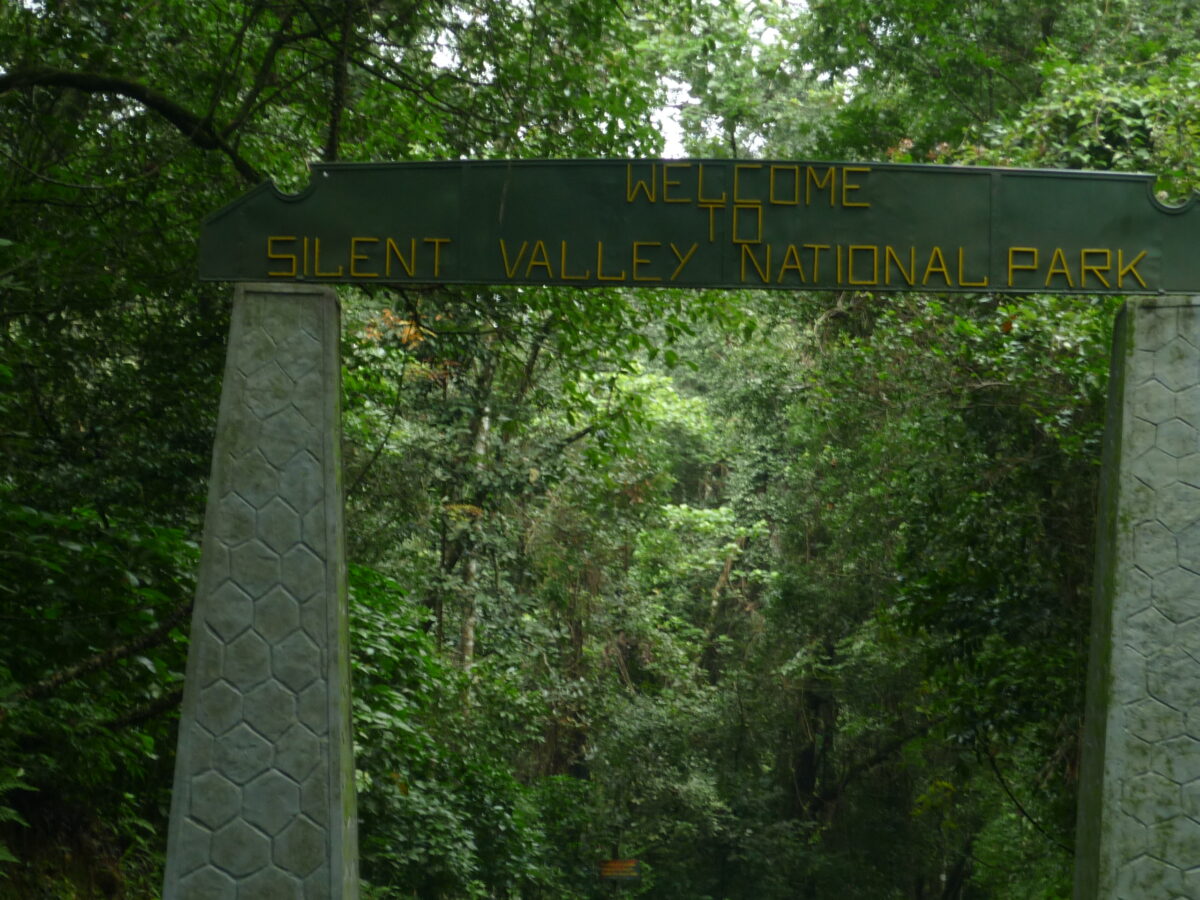Our Latest Blog

Silent Valley National Park, Kerala: The Untouched Heart of Nature
Silent Valley – Nature in Its Purest Form
"Where the wind whispers and the canopy never sleeps, Silent Valley echoes the soul of an ancient forest."
1. Creating a living time capsule of a tropical wilderness
Aye, this forest, located in the Nilgiri Hills of Palakkad district of Kerala, is one of the oldest tropical rainforests in India. Valued for its pristine and rich biodiversity, this dense forest stands as a living monument to nature in its original form – the pure natural world.
Declared a national park in 1984 after a strong environmental campaign, Silent Valley is a biodiversity heritage that is largely untouched by modern civilization. It serves as the core of the Nilgiri Biosphere Reserve and is globally recognized for providing an ecosystem for a variety of rarities and endangered species within its canopy of mist and deep valleys.
2. Location & Accessibility
- Country: India
- State: Kerala
- District: Palakkad
- Nearest Town: Mannarkkad (25 km)
How to Reach:
- By Road: Well-connected from Palakkad (60 km) and Coimbatore (75 km)
- By Rail: Nearest station – Palakkad Junction (65 km)
- By Air: Nearest airport – Coimbatore International Airport (85 km)
Best Time to Visit:
- December to April: Ideal weather, best for treks and forest walks
- Monsoon (June to September) brings lush greenery but limited access due to slippery trails
Entry Fees & Permits:
- Entry Fee: Approx. ₹50 for adults (additional for foreigners)
- Vehicle Fee: Varies by type
- Mandatory: Bookings via Mukkali Forest Checkpost with a forest guide
3. Forest type
- Type: Tropical evergreen rainforest
- Ecological classification: Part of the Western Ghats biodiversity hotspot
- Geographical setting: Steep hills, deep valleys and thick canopy with almost complete tree cover
4. Flora and fauna
Vegetation:
- Tall trees: Teak, rosewood, Indian mahogany, wild jackfruit
- Dense understory composed of ferns, orchids, bamboo and climbers
- Over 1,000 species of flowering plants, many of which are endemic to the Western Ghats
Fauna:
- Mammals: Lion-tailed macaque (major species), Eucalyptus langur, tiger, leopard, Indian elephant
- Birds: Over 292 species, including Malabar Includes trogon, Indian pitta and eucalyptus wood pigeon
- Reptiles: King cobra, Malabar pit viper and forest gecko
- Amphibians: Rare frogs, such as the Silent Valley bush frog, endemic to the area
- Endangered/Notable species: Lion-tailed macaque, eucalyptus marten, Malabar civet
5. Activities and Attractions
Guided Nature Treks:
- Led by qualified eco-guides from the Forest Department
- Emphasis on plant identification and bird watching; focus on environmental awareness
Jeep Safaris:
- Limited and restricted; Mukkali to Sairandhri (Entry Zone)
- Not for chasing wildlife but just to enjoy the forest views
Kunthi River:
- A crystal-clear mountain river flowing through the valley
- Best view from the suspension bridge at Sairandhri
Silent Valley Interpretation Centre:
- A learning point to understand the flora and fauna and the history of conservation
6. Main trails or zones
- Sairandhri Zone: Main entrance and base for most treks
- Forest Canopy Walk: Short trails allowed with permission
- Trekking Trails:
- Sairandhri - Puchipara: Easy to moderate (2-3 hours)
- Sairandhri - Valkkad: Difficult and can be done only with special permission:
- Duration: Half-day/full-day treks
- Unguided treks are not allowed
7. Accommodation and Facilities
Accommodation:
- Eco cottages and hostels at Mukkali run by the Kerala Forest Department
- Private stays: Available in Mannarakkad, Palakkad or Attappadi
Camping:
- No camping inside the park
- Some eco-lodges offer tented accommodation on the edge of the forest near Mukkali
Facilities:
- Basic toilets at Mukkali and Sairandhri
- Cafeteria and drinking water facilities at entry points
- No restaurants inside the park—carry packed food
8. Rules, Safety and Conservation Tips
- No plastic; no loud noise
- Stick to trail routes; never walk alone
- Photography allowed; no drones allowed
- Forest fires and littering are monitored
- Only official guides are allowed for entry
9. Photography and Observation Tips
- Best Time: Early morning or late afternoon trekking.
- Focus: Canopy shots, rare orchids, primates in the trees
- Equipment: Telephoto lens (200mm+), tripod, macro lens for vegetation
- Some binoculars are useful for birdwatching.
10. Interesting Facts or Local Legends
- Despite the loud cacophony of life - a thick canopy that kills sound - the forest is named for its eerie silence.
- Mythology: Sairandhri - the nickname of Draupadi - is said to have lived here during her exile.
- Once submerged by a hydroelectric project, it was saved thanks to India's first major eco-conservation campaign.
11. Nearby places
- Attappadi Hills: Tribal belt and cultural trails
- Mannarkkad: A quaint town with local food and accommodation options
- Nilambur Teak Museum: A short drive north
- Parambikulam Tiger Reserve: The nearest wildlife sanctuary in Kerala
Suggested itinerary:
- Day 1: Reach Mukkali, overnight stay
- Day 2: Jeep ride to Sairandhri, guided trek, river views
- Day 3: Optional nearby excursion (Attappadi or Parambikulam)
12. Travel Tips
- Carrying: Reusable water bottles, light snacks, binoculars, insect repellent.
- Wear: Earth-toned clothes, trekking shoes, poncho (monsoon).
- Mobile connectivity: Limited, better in Mukkali.
- Language: Mainly Malayalam; English and Hindi by guides.
- Respect tribal customs while visiting nearby Attappadi.
If there's one place where you can hear the sound of the earth breathing, it's Silent Valley. This isn't your ordinary forest - this is a cathedral of a forest, where every rustle tells a story, and every path leads to mystery. Come here not to conquer nature, but to be a part of it.